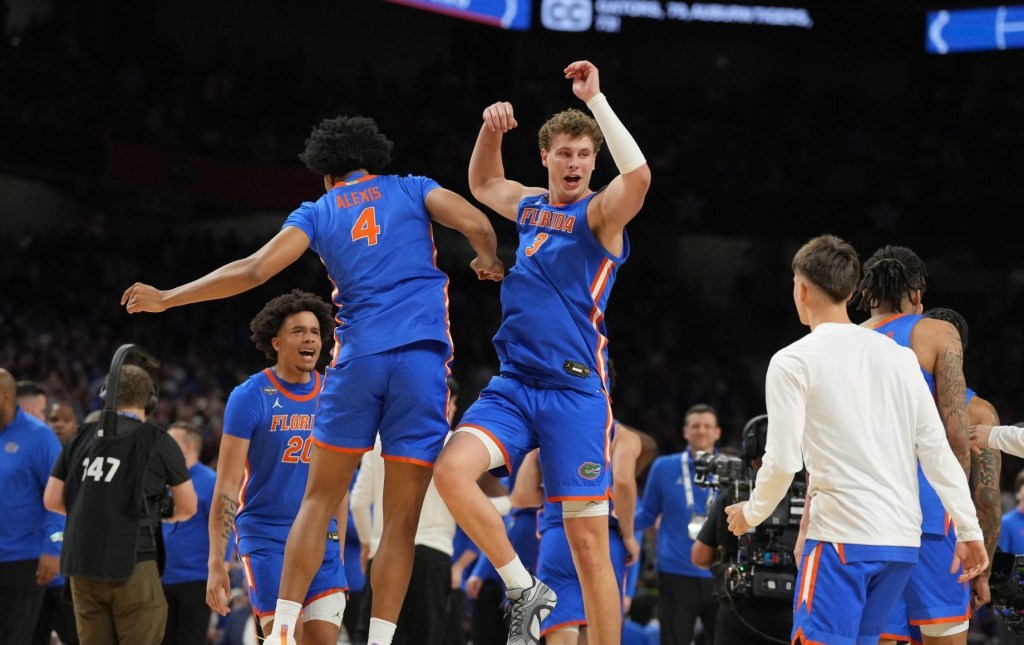Federal Judge Approves House v. NCAA Settlement, Allowing College Athlete Pay

Starting July 1, all Division I schools will be able to directly pay players for the first time in NCAA history.
That’s all thanks to the House v. NCAA settlement , which federal judge Claudia Wilken approved on Friday after months of deliberation and a lengthy objection process. (Over the past few weeks, the settlement was almost tanked due to an issue over roster limits—but a solution submitted on May 7 appears to have satisfied Wilken’s concerns.)
The settlement will usher in a new era in college sports where athletes aren’t considered employees, but can finally get a cut of the billions of dollars of broadcast revenue they’ve helped generate.
The settlement consolidates three federal antitrust cases: House v. NCAA, Carter v. NCAA, and Hubbard v. NCAA.
House v. NCAA, arguably the most consequential of the three, was filed in 2020 against the NCAA and former Power 5 conferences, arguing that players deserved damages for being prohibited from earning NIL (name, image, and likeness) payments before the NCAA changed its rules in 2021. It also argued that the definition of NIL should be expanded to include things like broadcast television rights fees.
The settlement will offer $2.8 billion in damages, as well as allow all D-I schools to offer up to $20.5 million to all the current players in its athletic department (a number that increases incrementally over 10 years, during the lifetime of the injunctive relief). Schools must offer money to all sports, though they don’t have to offer equitable amounts; the Trump-led Department of Education has said that revenue-sharing payments wouldn’t be subject to Title IX .
The settlement does have other stipulations, however.
NIL collectives will also face more scrutiny with deals they offer players. The settlement sets up a clearinghouse to check whether NIL collective deals appear to be “fair-market value,” instead of “pay-for-play” deals. The clearinghouse is run through software created by Deloitte, with the opportunity for appeal to an independent body.
The most controversial part of the settlement was roster limits. The settlement lifts all limits on scholarships, and instead imposes new roster limits for a variety of sports. As a result, hundreds of current college athletes and prospective athletes in high school lost roster spots they were promised for the upcoming school year. After flooding the court with objections and raising awareness on social media, they succeeded in swaying Wilken to demand that the settlement guarantee no athletes would lose roster spots as a result of the proposal’s implementation. The parties submitted a solution two weeks later that allows schools to give players their roster spots back—but didn’t require that they do so.
For athletic departments, the next step will be implementation. They’ve already spent months preparing for this new era by hiring “general managers,” announcing plans for how they’ll split up the funds among teams, and looking for new fundraising opportunities. Meanwhile, NIL collectives have begun offering player contracts that frontload multiple years of an NIL deal before July 1, so they aren’t subject to the clearinghouse. Collectives have also begun altering their strategies in order to comply with the new rules.
Schools will also have 30 days to submit lists of “designated student-athletes” who will be exempt from roster limits. Individual teams will have to decide whether to offer these players their spots back.
For the NCAA and power conferences, however, the next step is to take the settlement to Congress as part of their ongoing lobbying efforts.
NCAA President Charlie Baker explained that lawmakers asked the governing body to fix as many of the issues in college sports as possible without Congress’s help, and then come back and ask for a law that could improve the rest. The NCAA and power conferences hope to use the settlement as a show of good faith to lawmakers, offering it as a “roadmap” for a federal law. They’ve even included a provision in the settlement itself that requires class counsel to support this effort in Congress. In addition, they’ll continue their multimillion-dollar federal lobbying campaign to regain control over the athletes’ rights movement.
The post Federal Judge Approves House v. NCAA Settlement, Allowing College Athlete Pay appeared first on Front Office Sports .
Enjoying our coverage? Follow Front Office Sports on MSN for more.
Post a Comment